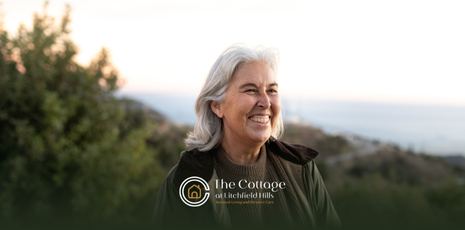What Makes a Senior Living Community Feel Like "Home"?

Key Highlights
- A homelike environment combines comfort, familiarity, connection, independence, and belonging.
- Thoughtful design, personalized spaces, and safe layouts create comfort and security.
- Emotional support and strong staff-resident relationships help seniors feel valued and cared for.
- Social opportunities and meaningful activities foster friendships and a sense of purpose.
- Personalized care, family involvement, and respect for routines make the community feel like home.
Transitioning into a senior living community is one of life’s most significant changes. While these communities are designed to provide care and support, families often ask an important question: what makes a senior living community feel like home?
For seniors, "home" is more than just a physical space. It’s a sense of comfort, safety, familiarity, and belonging. It’s where personal values are respected, routines are honored, and meaningful connections thrive. A community that captures this feeling can make all the difference in quality of life.
This blog explores the factors that transform a senior living community into a true home, from personalized care and welcoming design to strong social ties and family involvement.
Defining “Home” for Seniors
The idea of "home" varies for each individual, but common themes include:
- Comfort: A place where one feels safe and relaxed.
- Familiarity: Surrounded by personal belongings and traditions.
- Connection: Relationships with family, friends, and staff.
- Independence: Having choices and control over daily life.
- Belonging: Feeling part of a larger community.
Senior living communities that succeed in replicating these qualities provide not only care but also a meaningful sense of identity and purpose.
Physical Environment: Creating a Comfortable Space
The design of a senior living community plays a significant role in shaping the feeling of home.
Features That Contribute to Comfort:
- Personalized Living Spaces: Allowing residents to decorate with familiar furniture, photos, and keepsakes.
- Warm and Inviting Design: Soft lighting, cozy seating areas, and comfortable common rooms.
- Accessibility and Safety: Thoughtful layouts that reduce fall risks and support mobility.
- Outdoor Areas: Gardens, patios, and walking paths that encourage relaxation and connection with nature.
Emotional Support: The Heart of Home
Beyond physical spaces, emotional connections are central to making seniors feel at home. Staff who show genuine compassion, patience, and respect create a welcoming environment where residents feel valued.
Key emotional factors include:
- Respect for Independence: Encouraging seniors to make their own choices.
- Companionship: Opportunities for friendships among residents.
- Family Involvement: Welcoming family visits, celebrations, and traditions.
- Staff Relationships: Consistent caregivers who become like extended family.
Socialization: Building a Sense of Community
Isolation is a major contributor to loneliness among seniors. Communities that feel like home foster social connections through activities and shared experiences.
Examples of Social Opportunities:
- Group exercise classes
- Book clubs, arts, and crafts sessions
- Holiday and cultural celebrations
- Music and entertainment nights
- Volunteer and intergenerational programs
Personalized Care and Services
A senior living community feels like home when residents know their unique needs and preferences are honored. Personalized care makes seniors feel seen and respected.
| Personalization Area | Examples of Homelike Touches |
|---|---|
| Daily Routines | Offering flexibility in wake-up times, meals, and activities |
| Dining | Customized menus, familiar comfort foods, and shared mealtimes |
| Health Care | Tailored support for individual medical needs |
| Activities | Aligning hobbies and programs with resident interests |
| Cultural Traditions | Respecting religious and cultural practices |
Family Involvement: Keeping Connections Strong
Family plays a vital role in helping seniors feel at home in a new environment. Communities that welcome family visits, encourage participation in activities, and keep open lines of communication create a stronger sense of belonging.
The Role of Staff in Creating “Home”
Staff are often the backbone of a senior living community. Their kindness, consistency, and attentiveness help residents feel comfortable and cared for.
What makes the difference?
- Personal Connections: Learning residents’ names, preferences, and stories
- Consistency: Familiar caregivers who build trust
- Respect: Honoring the dignity and independence of each senior
- Compassion: Going beyond care to offer companionship
Activities and Lifestyle: Living with Purpose
Home is also where people feel purposeful. Senior living communities that provide opportunities for growth, creativity, and joy create an environment where seniors thrive.
Examples include:
- Continuing education workshops
- Gardening programs
- Faith-based gatherings
- Pet therapy sessions
- Outings to local events and attractions
Technology: Staying Connected in Modern Homes
Technology plays an increasing role in helping seniors feel connected. Communities that provide access to Wi-Fi, tablets, and video call platforms make it easier for residents to stay in touch with loved ones and participate in virtual activities.
Bottomline
Ultimately, what makes a senior living community feel like home is the combination of personalized care, meaningful relationships, familiar comforts, and opportunities for growth and connection. When seniors feel safe, respected, and engaged, their community becomes more than a residence—it becomes their home.
If you’re searching for a senior living option that balances comfort, connection, and compassionate care, The Cottage at Litchfield Hills offers assisted living, memory care, and respite services in a warm, supportive environment. Their focus on community and belonging ensures that every resident feels truly at home. Contact us today!
Frequently Asked Questions
What makes a senior living community feel homelike?
A community feels like home when it combines personalized living spaces, supportive staff, social opportunities, and respect for residents’ independence and traditions.
How can families help seniors feel at home in a new community?
Families can bring familiar items, visit regularly, participate in community activities, and maintain traditions to create a sense of continuity.
What role does staff play in creating a homelike environment?
Staff members who provide consistent, compassionate, and personalized care build trust and foster comfort, making seniors feel valued.
Why is personalization important in senior living?
Personalization allows seniors to maintain independence, enjoy familiar routines, and feel respected for their individual preferences and needs.
Do social activities help seniors feel more at home?
Yes, social activities reduce isolation, foster friendships, and give seniors a sense of purpose, which are all essential to feeling at home.
Sources:
- https://www.ncbi.nlm.nih.gov/books/NBK560761/
- https://www.sciencedirect.com/science/article/pii/S2667032121000275
- https://pmc.ncbi.nlm.nih.gov/articles/PMC5312603/






